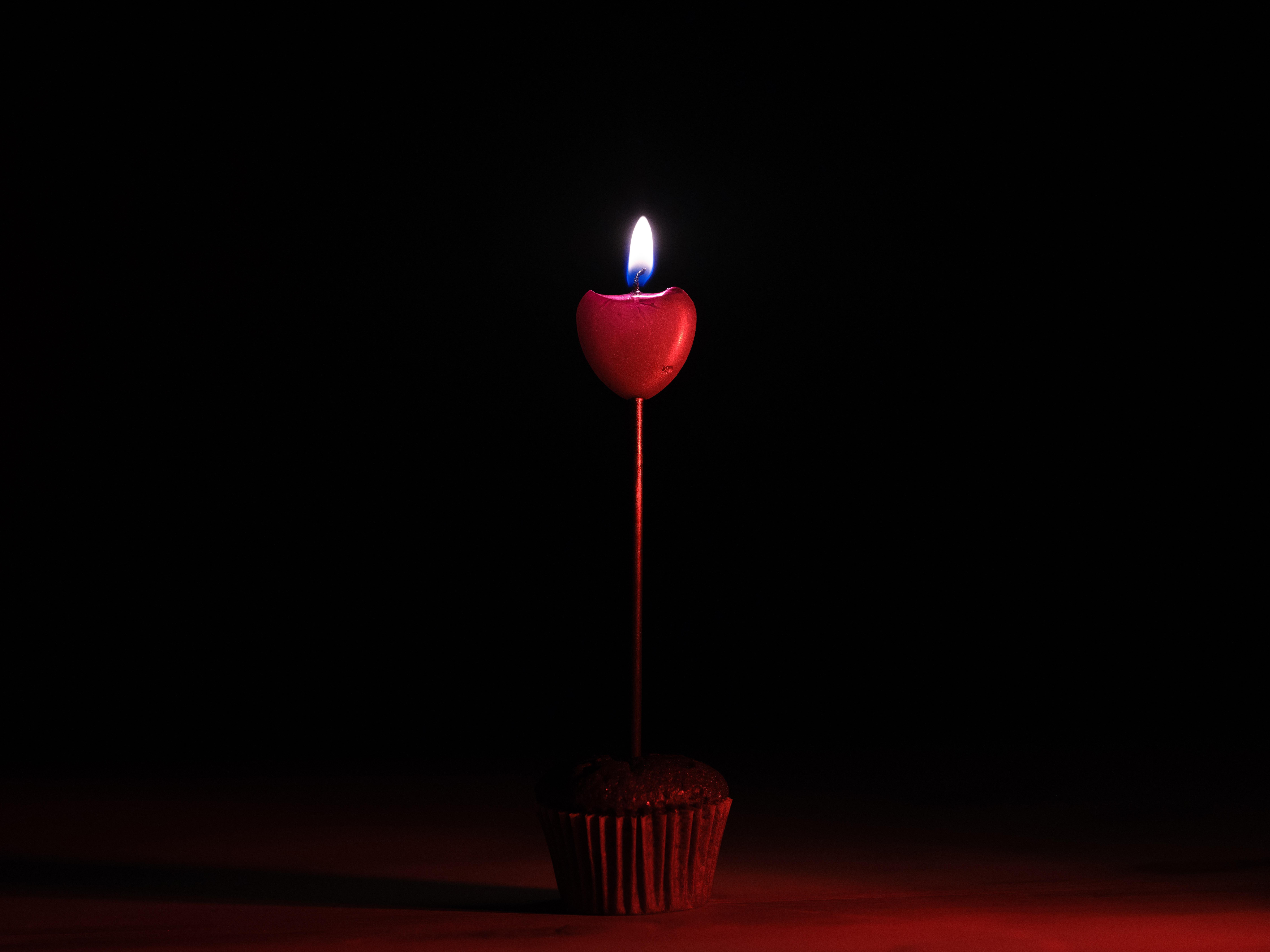Decoding “Monk’s Style”: Unraveling the Jazz Mystery
The New York Times Crossword puzzle often throws curveballs, and the “Monk’s style” clue from around June 20, 2024, was no exception. While images of medieval monks may have sprung to mind, the answer lay in the realm of jazz. This clue referred to the distinctive musical style of Thelonious Monk, a legendary jazz pianist and composer. The likely answer? Bebop. Want to check your knowledge about moon goddess? Click on moon goddess crossword and complete the crossword puzzle for free to test your knowledge.
Thelonious Monk: The Unorthodox Genius Who Redefined Jazz
So, who was Thelonious Monk, and why is his style so important? This enigmatic figure wasn’t just playing piano; he was practically reinventing it. His music, characterized by dissonant harmonies, angular melodies, and percussive phrasing, wasn’t always easy listening, but it was always captivating.
Often associated with bebop, Monk transcended simple categorization. He twisted bebop’s conventions, incorporating surprising dissonances and rhythmic complexities. His melodies were jagged and conversational, punctuated by unexpected pauses and bursts of sound. He approached the piano percussively, attacking the keys with a raw energy that set him apart.
His compositions, like the iconic “’Round Midnight” and “Blue Monk,” became jazz standards, showcasing his innovative harmonic language and complex rhythms. Jupiter’s moon that is named after a muse, know the name? Find the answer by clicking moon of jupiter named after a muse. Monk’s influence resonates through generations of jazz musicians, from contemporaries like Sonny Rollins to modern artists like Kamasi Washington. Some experts even suggest that Monk’s unique approach paved the way for free jazz, where traditional structures are abandoned.
Monk’s Musical Signature: A Closer Look
| Feature | Description |
|---|---|
| Harmony | Dissonant, unexpected chords, pushing the boundaries of traditional jazz harmony. |
| Melody | Angular, fragmented, with surprising leaps and pauses. |
| Rhythm | Percussive, irregular, with unexpected accents and syncopation. |
| Improvisation | Spontaneous, unpredictable, full of melodic twists and turns. |
| Influence | Profound impact on generations of jazz musicians, inspiring innovation and experimentation. |
| Key Compositions | “’Round Midnight,” “Round Midnight,” “Blue Monk,” “Straight, No Chaser,” “Well, You Needn’t” |
It’s important to note that our understanding of Monk’s music continues to evolve. Ongoing research and debate surround his influences and intentions, reminding us of the dynamic nature of artistic interpretation.
Bebop and Beyond: Monk’s Enduring Legacy
While “Monk’s style” in the crossword likely points to bebop, it’s important to understand the nuances. Bebop, emerging in the 1940s, was a revolutionary jazz style characterized by fast tempos, intricate harmonies, and improvisation. Monk was a central figure, but his contributions went beyond simply playing bebop. He reshaped the genre, bending its rules and expanding its possibilities.
His angular melodies, dissonant harmonies, and percussive playing created a sound that was instantly recognizable. This innovative approach influenced countless musicians, from saxophone giants to contemporary artists. His compositions became cornerstones of the jazz repertoire, testaments to his unique musical vision.
Deconstructing Monk’s Bebop Blueprint
| Element of Monk’s Style | Description | Example |
|---|---|---|
| Angular Melodies | Unexpected leaps and turns, avoiding traditional stepwise motion | The melody of “Straight, No Chaser” |
| Dissonant Harmonies | Use of chords and notes that create tension and a sense of unease | The minor second intervals frequently found in his compositions |
| Percussive Phrasing | A detached, rhythmic approach to playing, emphasizing the attack of the notes | His distinctive piano comping style |
| Unpredictable Rhythms | Use of syncopation, odd time signatures, and abrupt changes in tempo | The rhythmic complexity of “Epistrophy” |
However, even within jazz scholarship, there are differing perspectives on Monk’s place in the musical landscape. Some emphasize his bebop connection, while others view him as a singular force whose music defies categorization. This ongoing debate enriches our understanding of his complex and enduring legacy.
The “LAM” Alternative and Other Considerations
While “BEBOP” is the most commonly accepted solution for the “Monk’s Style” crossword clue, some sources suggest “LAM” as a possibility. This likely refers to a specific type of harmonic progression sometimes used in bebop (and other jazz styles). The specific answer depends on the crossword puzzle itself, highlighting the importance of considering the surrounding clues and the overall structure of the grid.
This puzzle clue sparked considerable online discussion, showcasing the power of crosswords to introduce solvers to new areas of knowledge. It’s a reminder that even a single word can have a ripple effect, sparking curiosity and perhaps inspiring further exploration of Monk’s captivating musical world.
- Georgia Platform: A Southern Strategy, 1850s - March 31, 2025
- How many weeks is 40 days: Quick Conversion Guide for Accurate Results - March 31, 2025
- How many feet is 300 meters? 984 Feet: Understand Length Conversions Easily - March 31, 2025
















